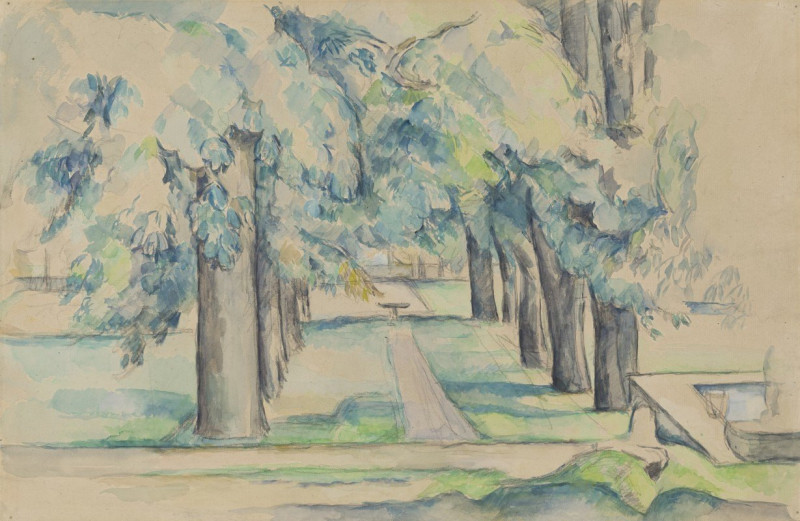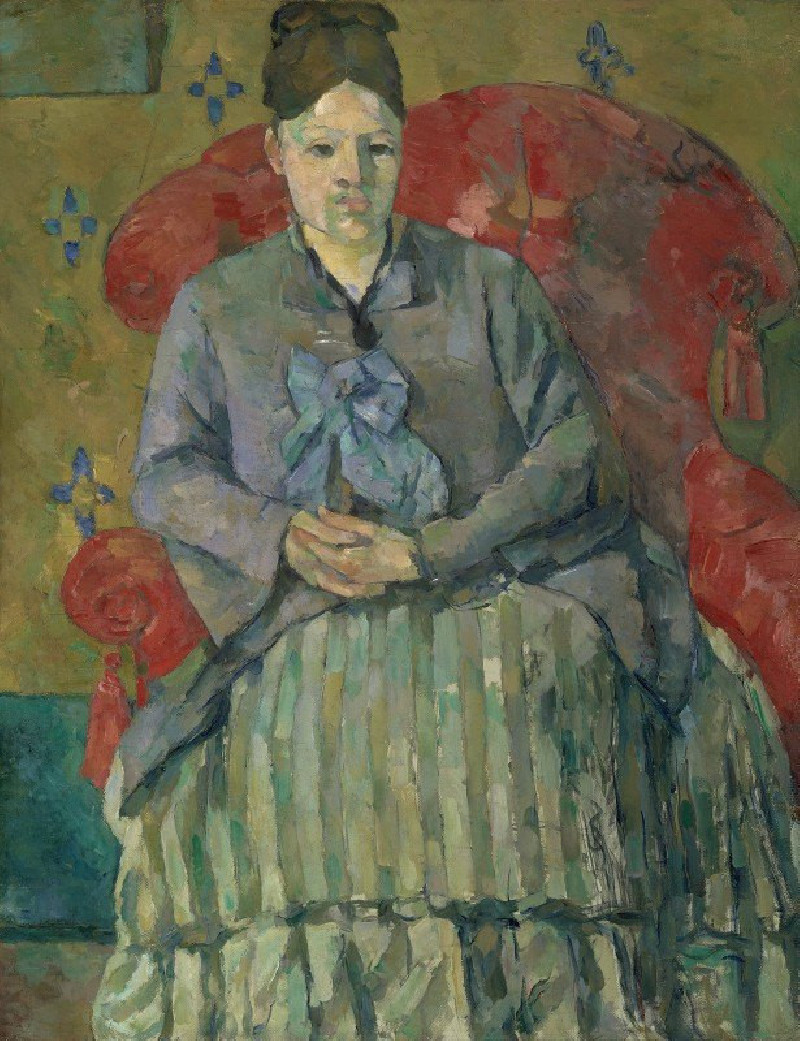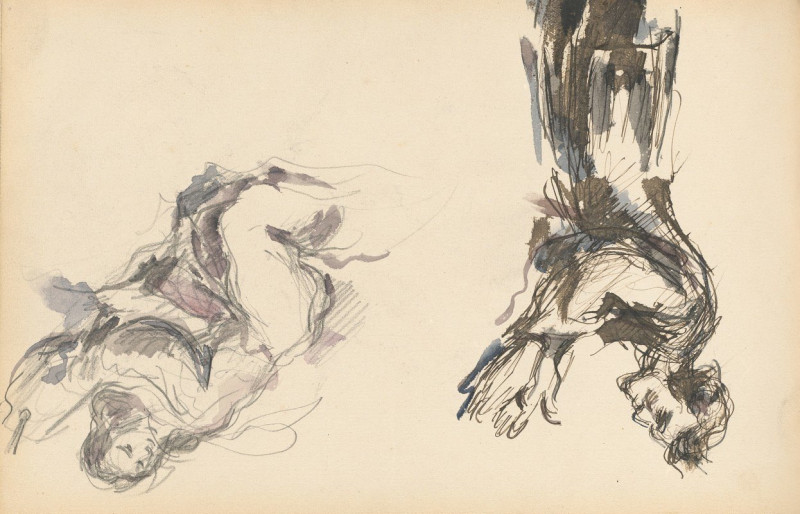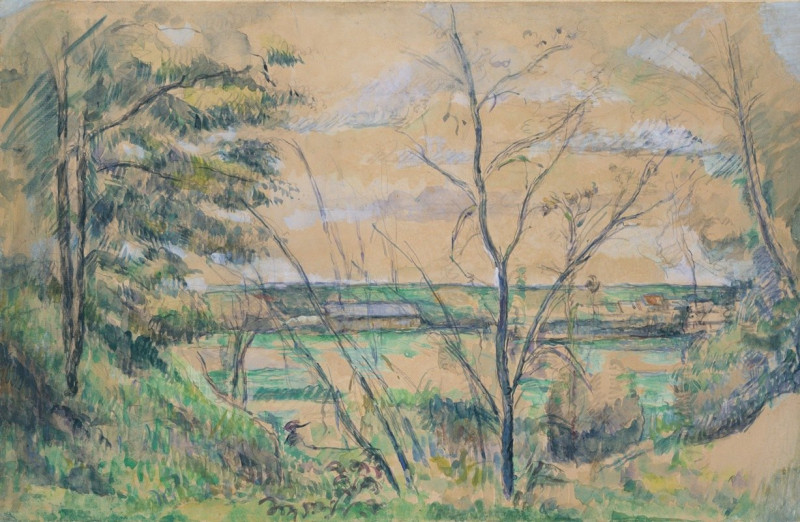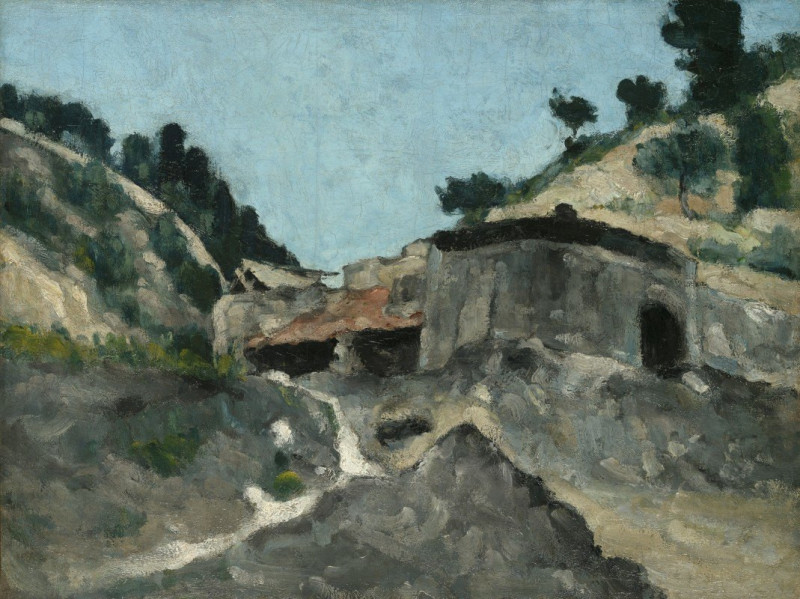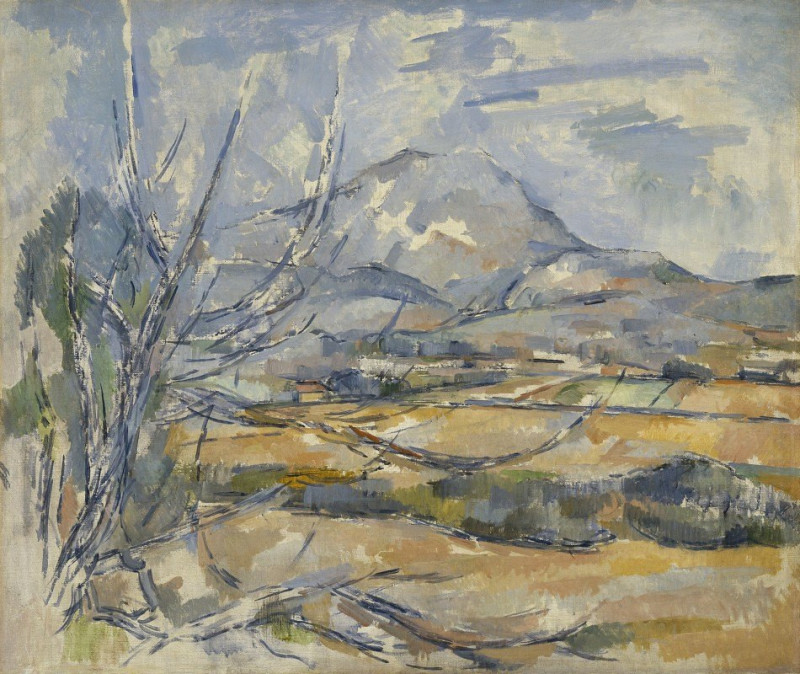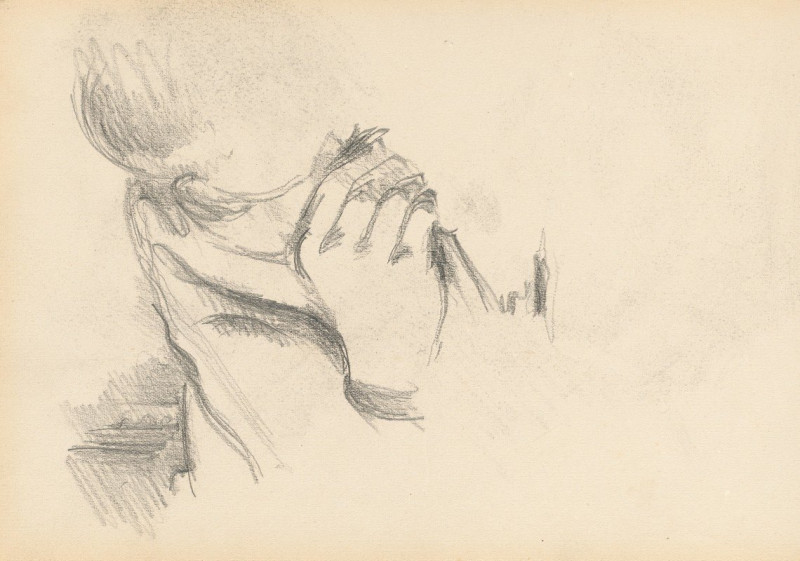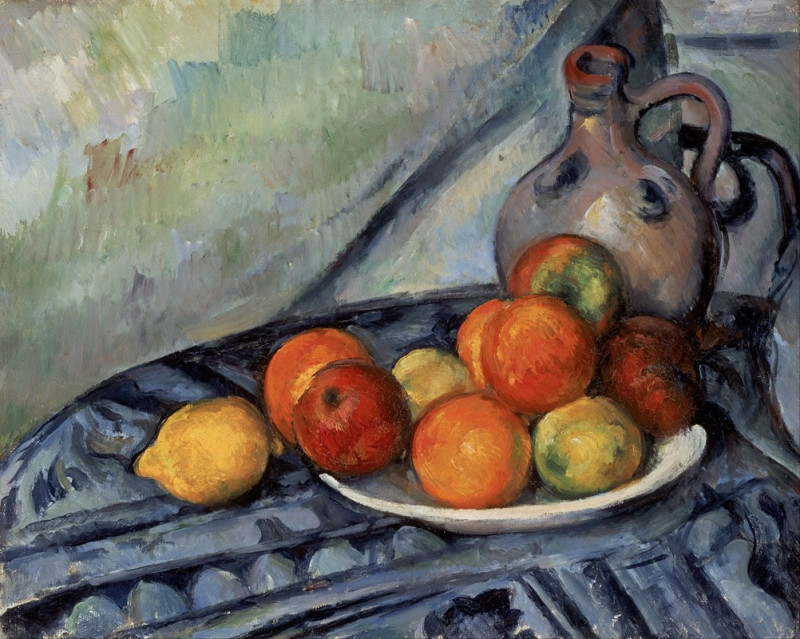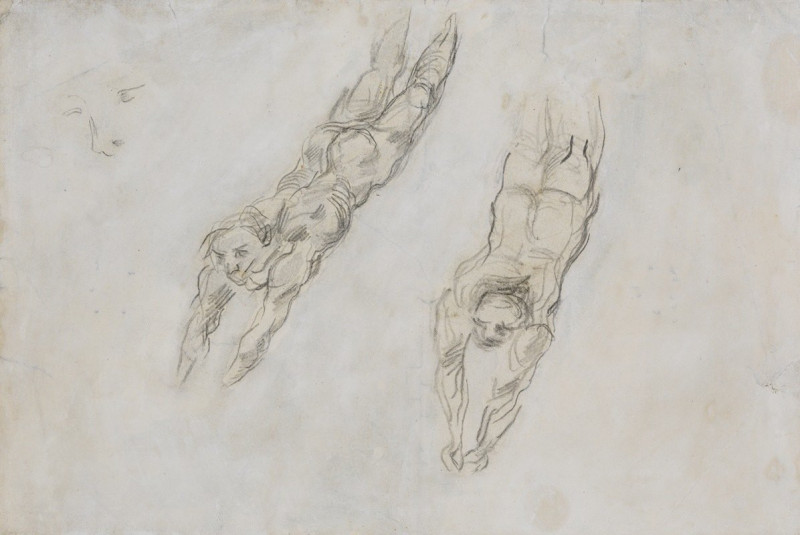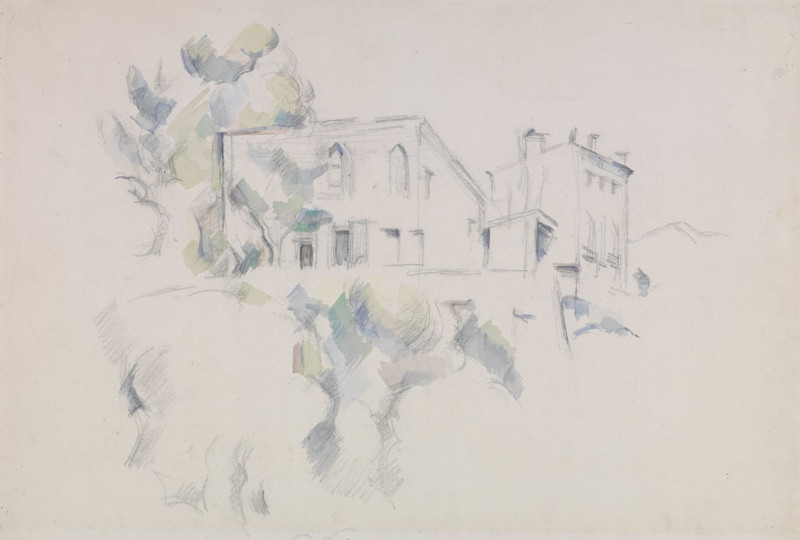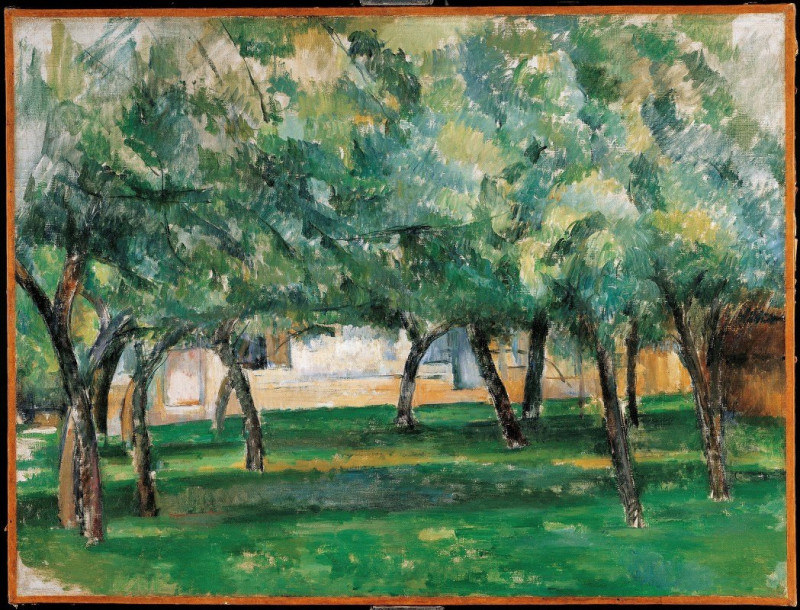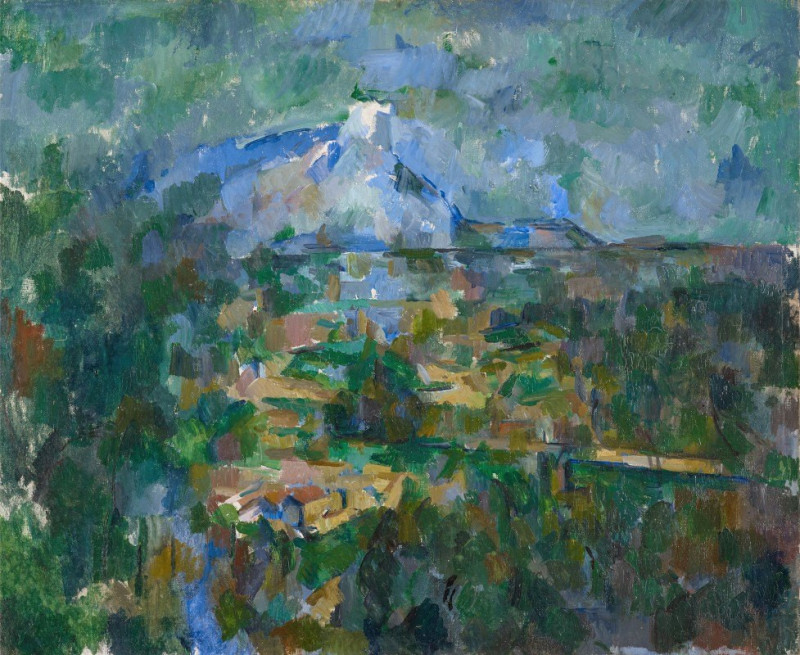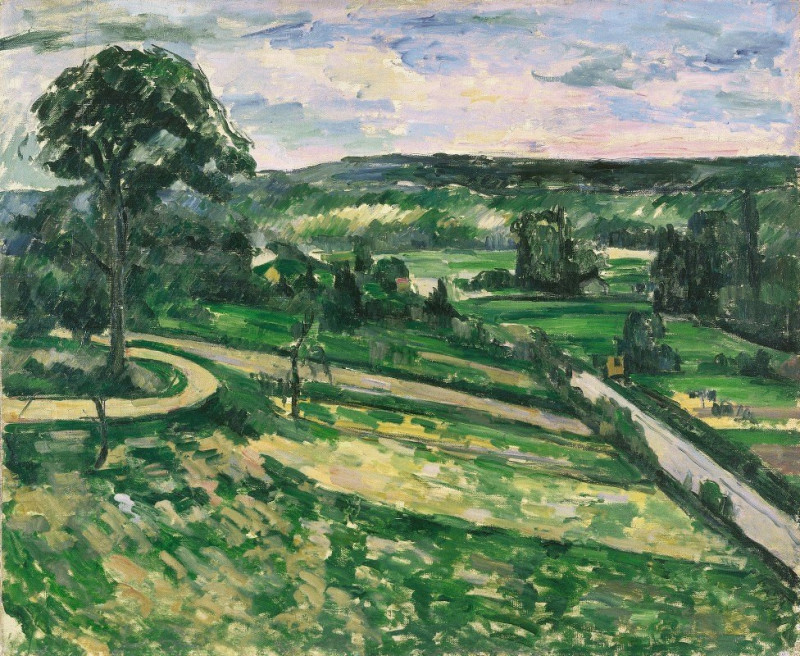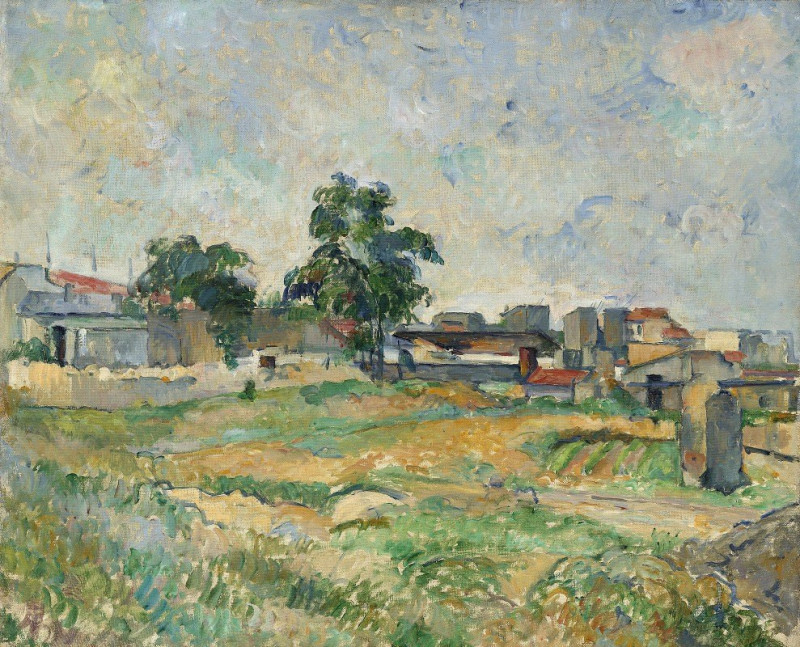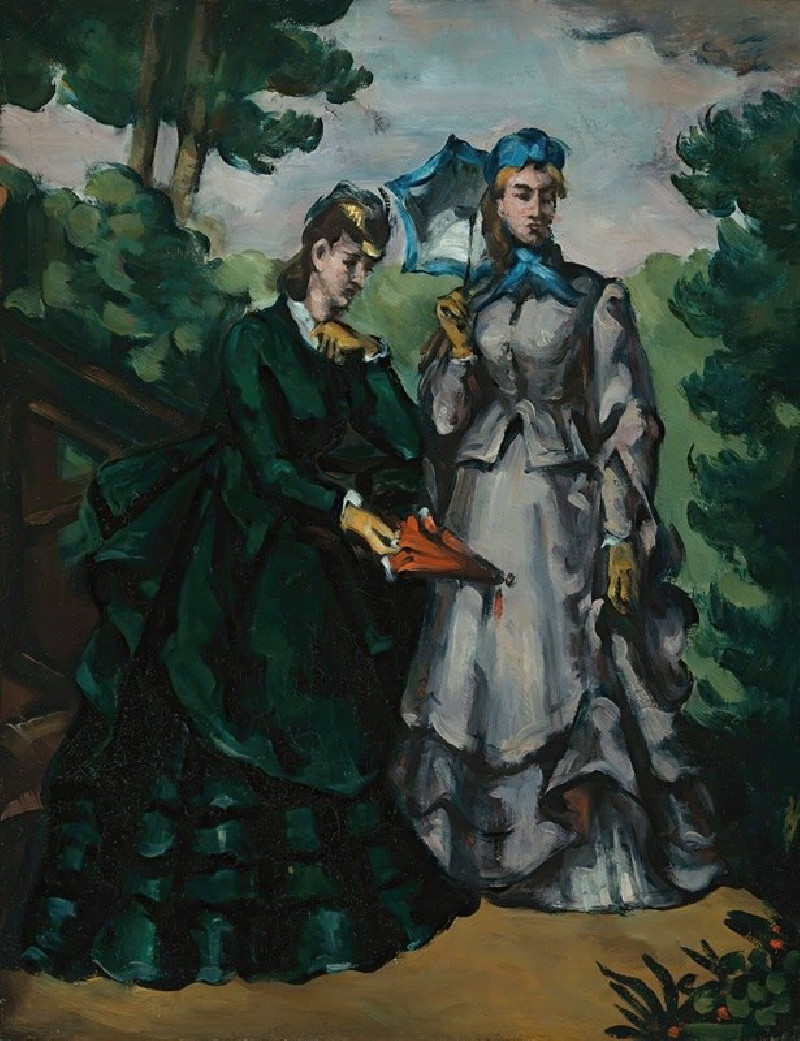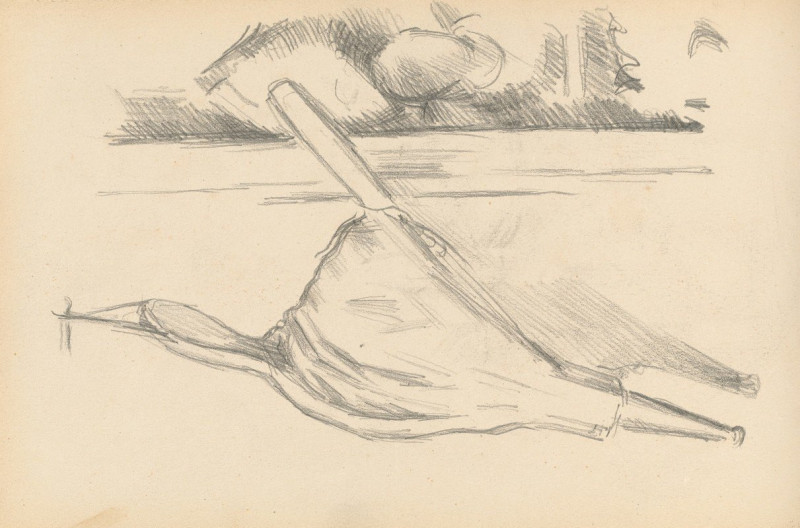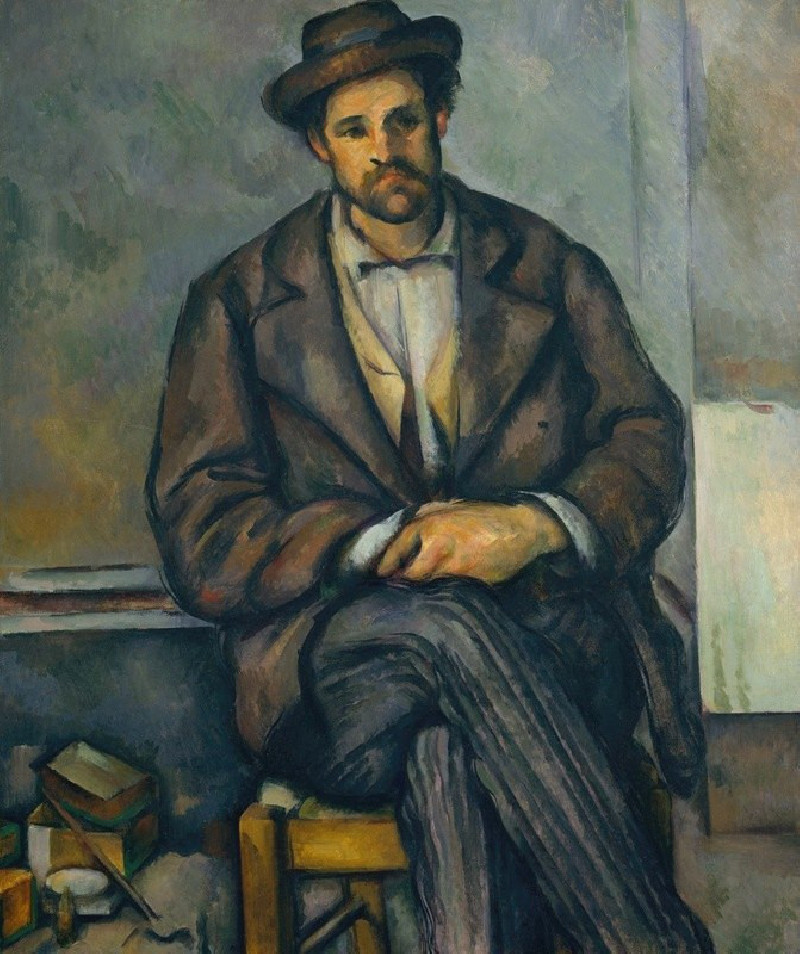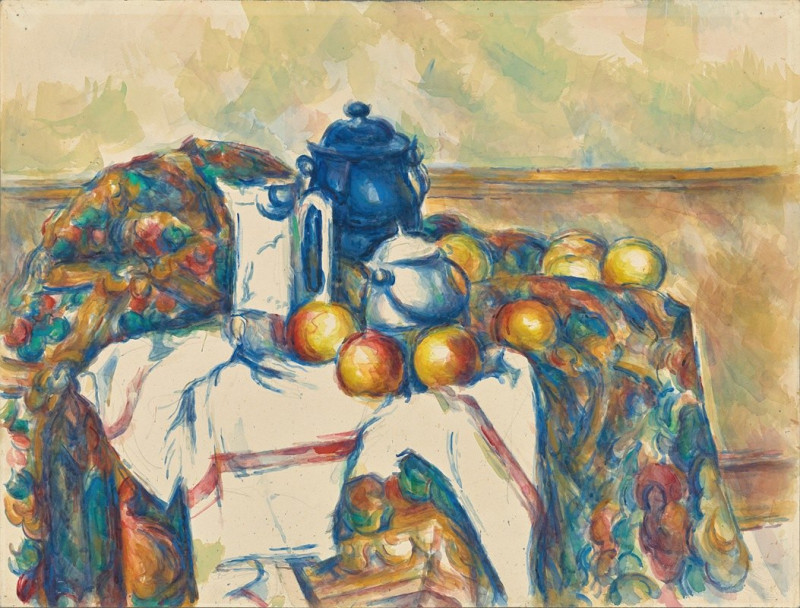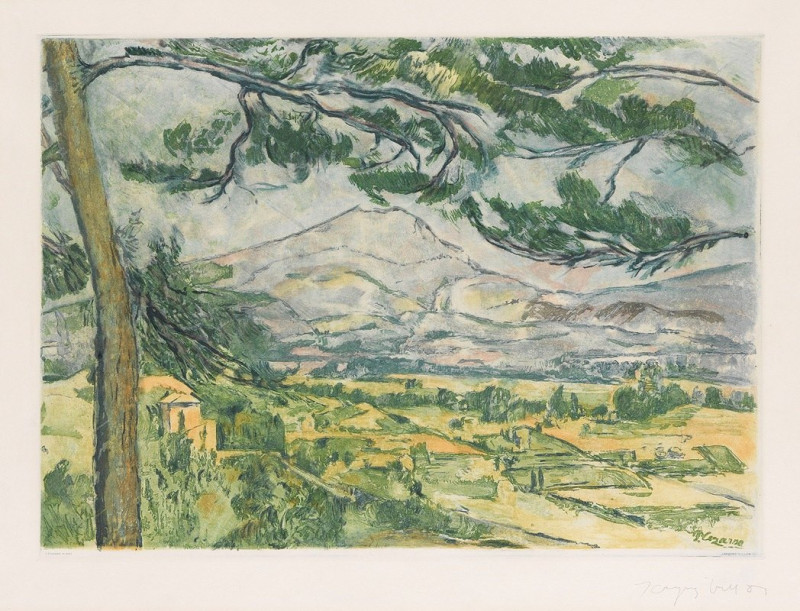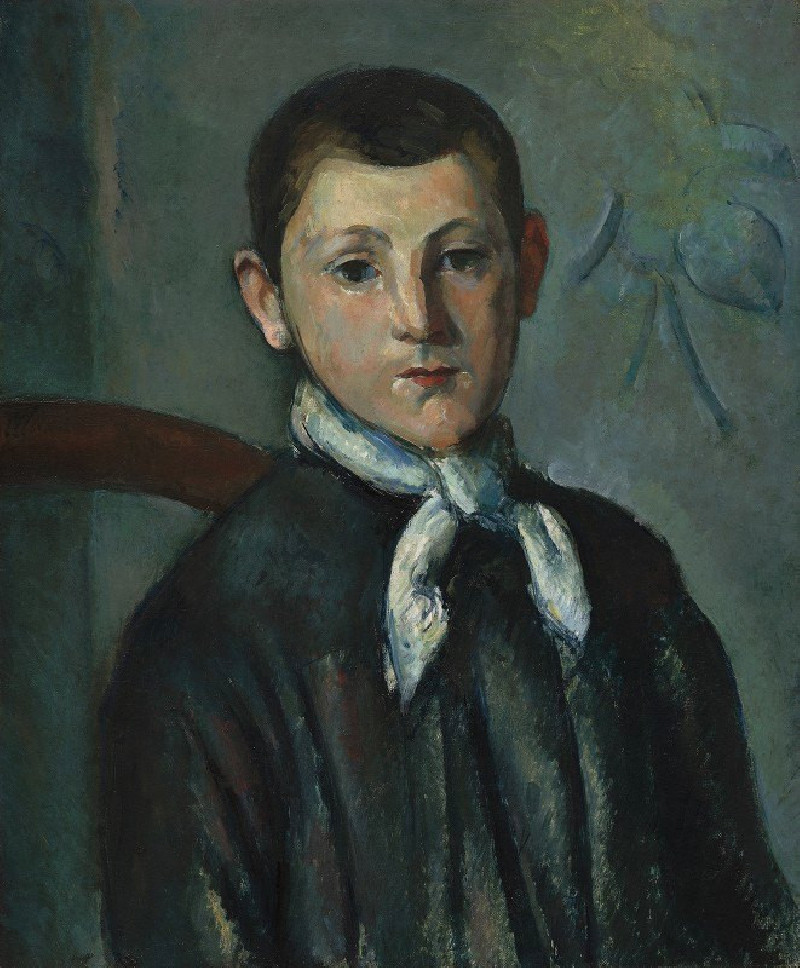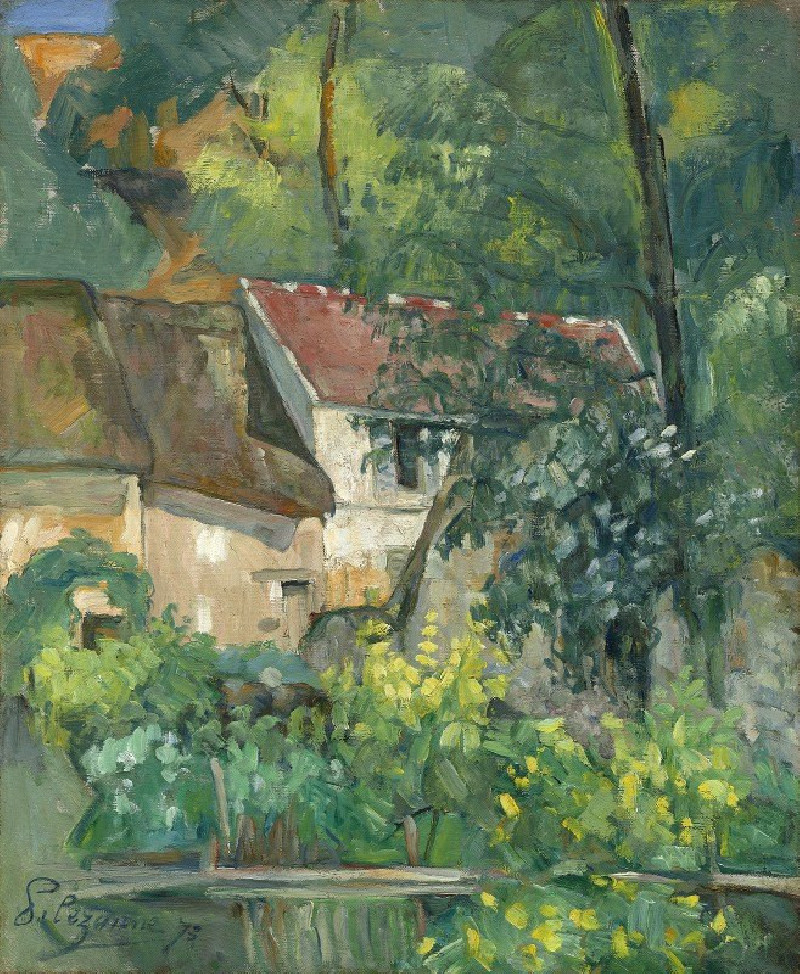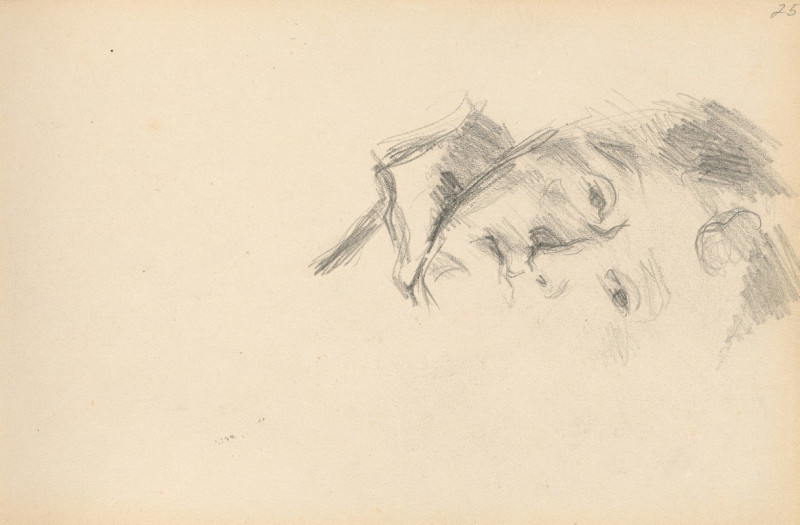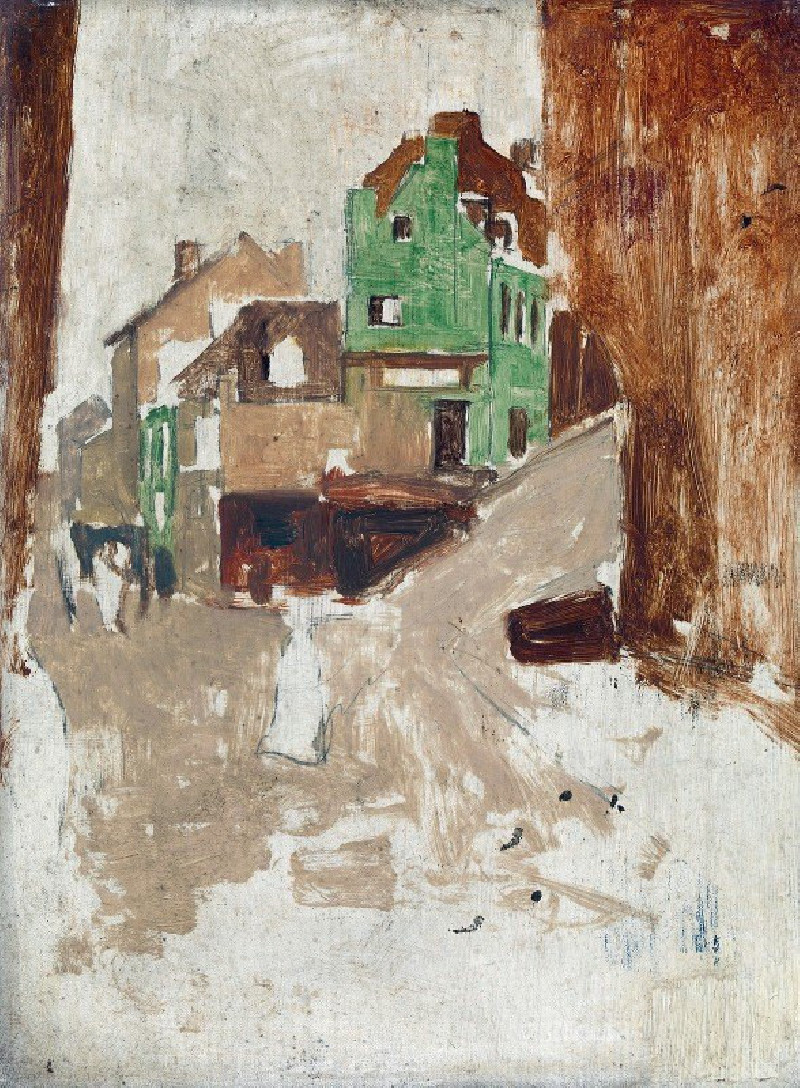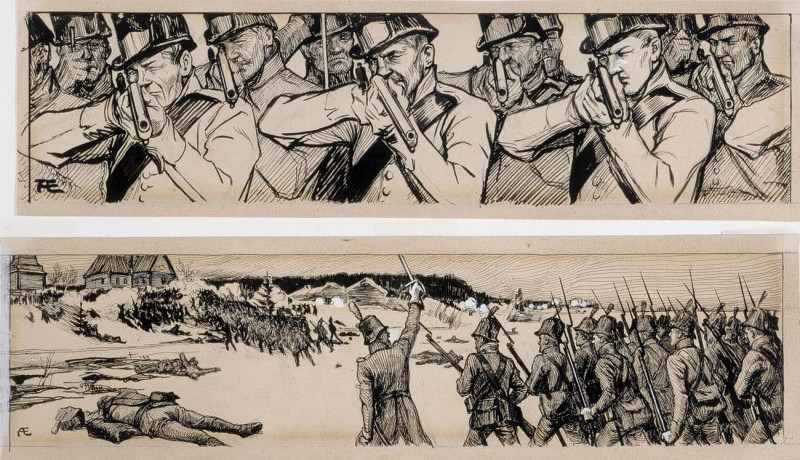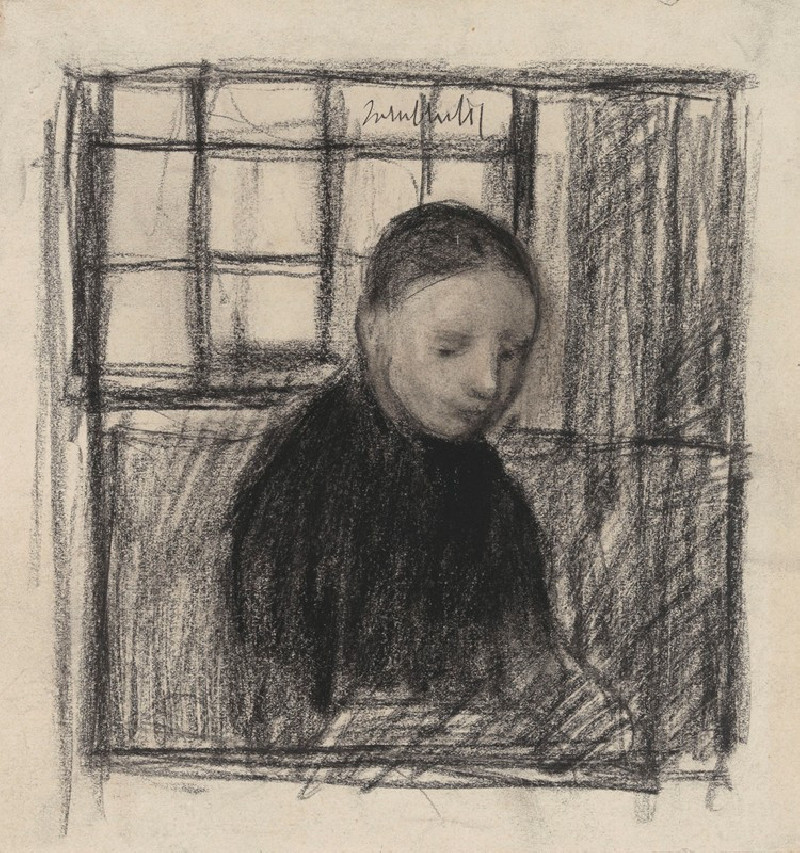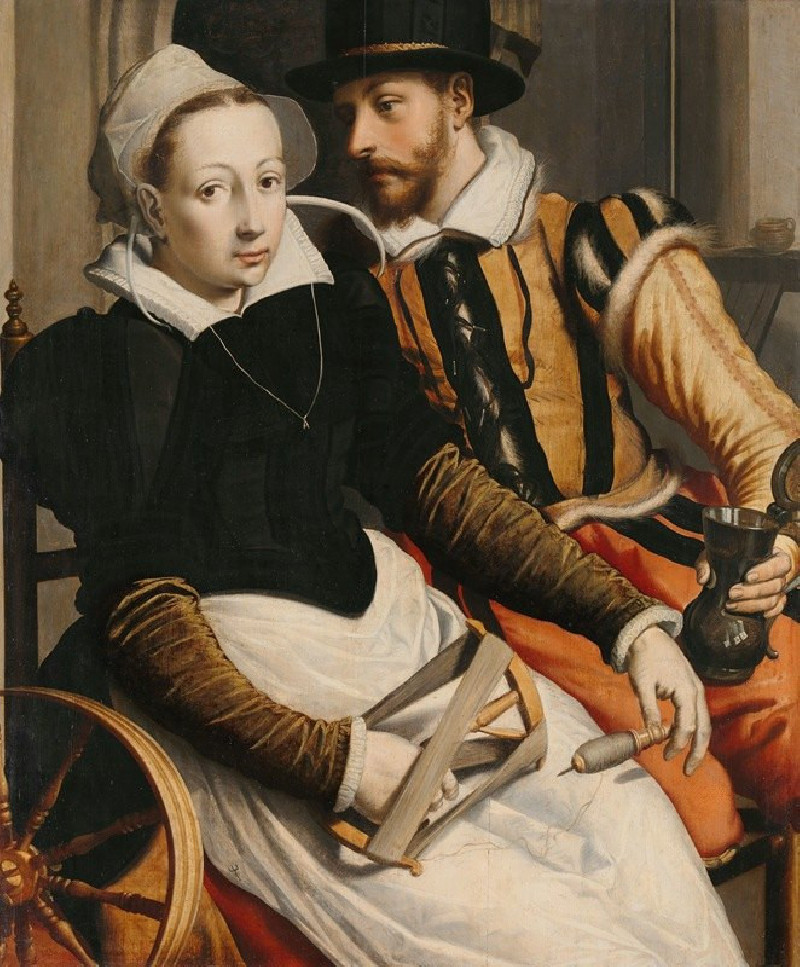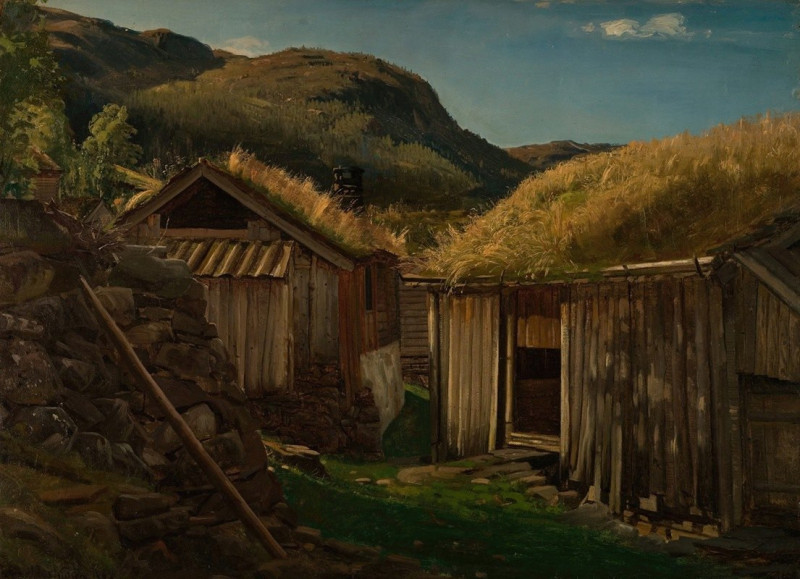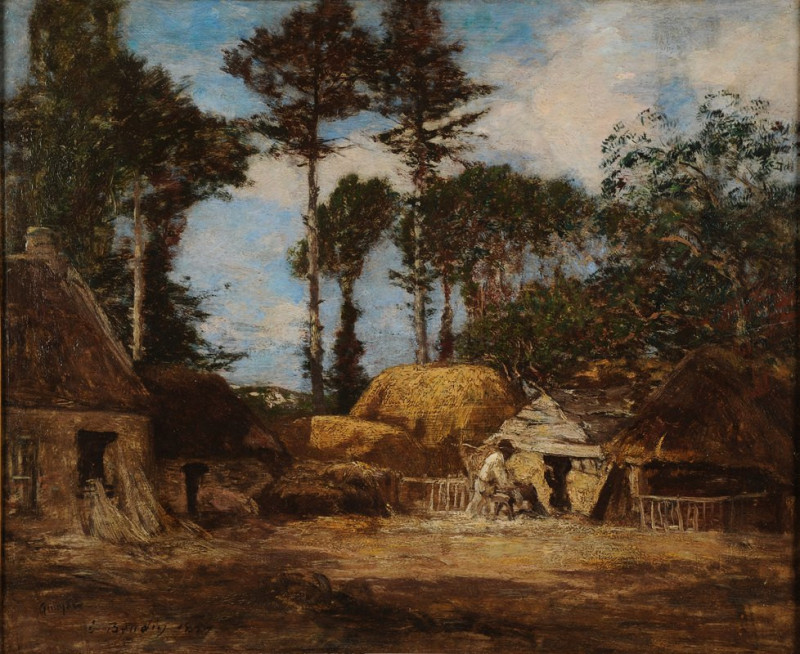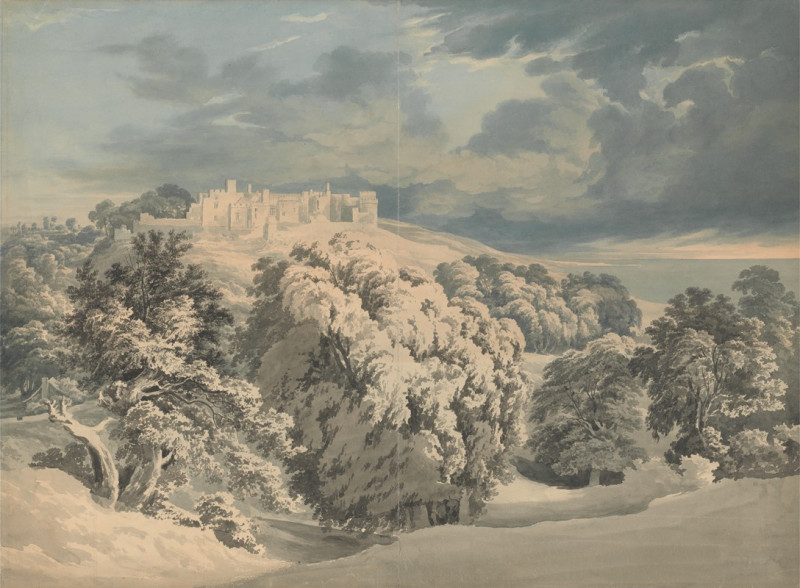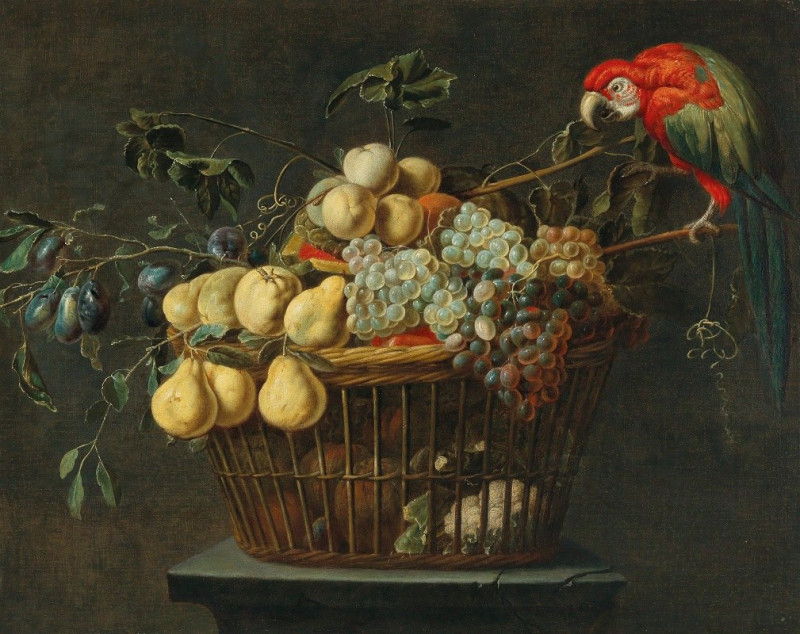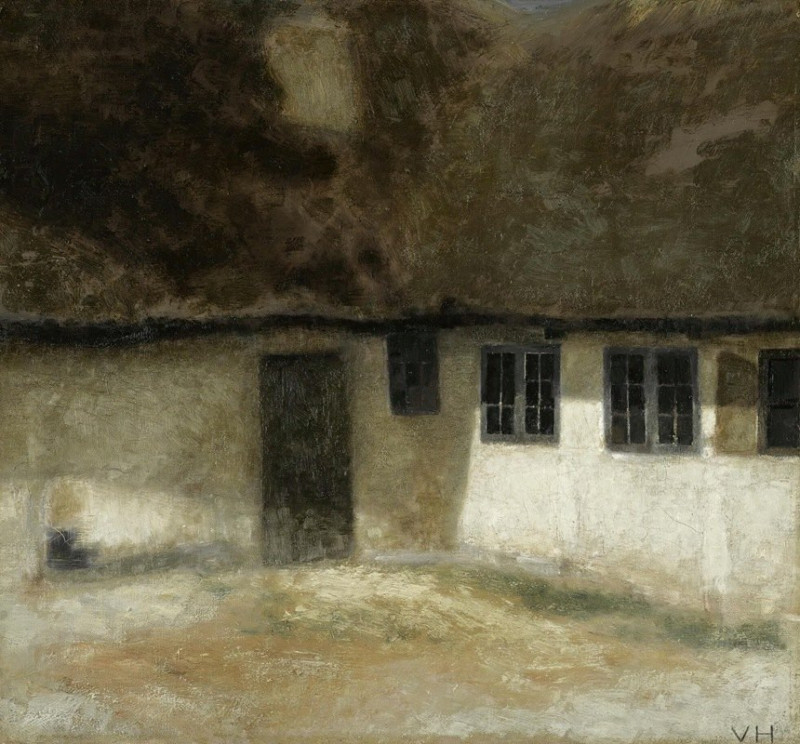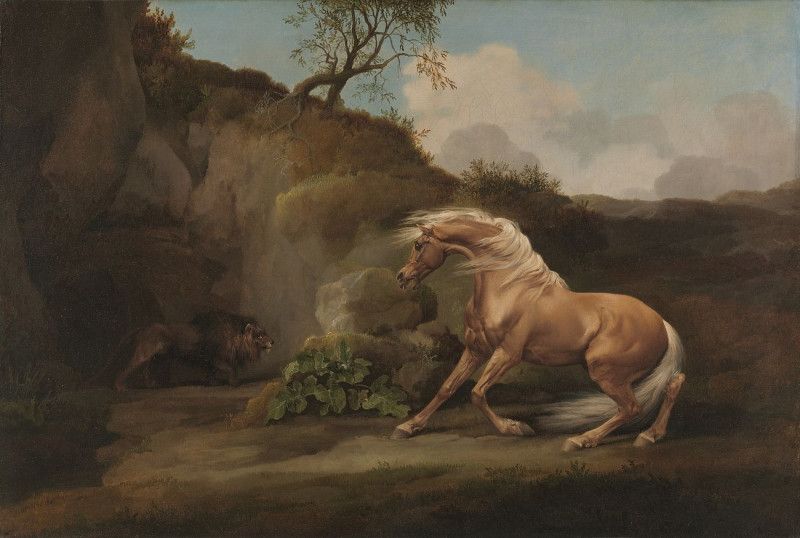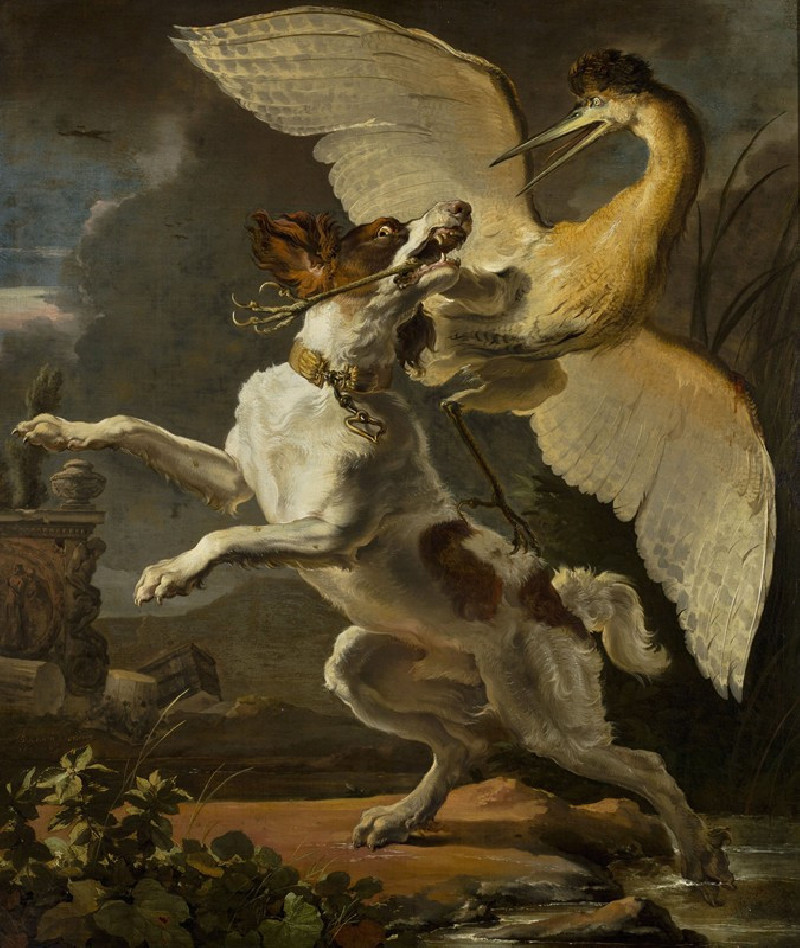Avenue of Chestnut Trees at the Jas de Bouffan (ca. 1878 – 1890)
Technique: Giclée quality print
Recommended by our customers
More about this artwork
Welcome to a serene stroll through Paul Cézanne’s “Avenue of Chestnut Trees at the Jas de Bouffan,” a striking example of the artist's transformative brushwork and unique perspective, created between 1878 and 1890.In this watercolor, Cézanne captures the enchanting atmosphere of the chestnut-lined path at Jas de Bouffan, the family estate in Southern France that frequently inspired his work. The painting pulls viewers into a tranquil realm distinguished by towering chestnut trees whose leaves are depicted with spirited, luminous strokes of blues, greens, and hints of yellow. Astounding in its portrayal of light and shadow, the work brims with dynamic contrasts that breathe life into the scene.The composition focuses on a road that recedes towards a distant focal point, drawing the eye through the orderly, yet whimsical grove. On either side, the robust trunks and lush foliage frame the pathway, leading to a small figure at the center, possibly a visitor or a regular walker, enjoying the quietude. The subtle presence of this figure adds a layer of intimacy and relatability to the scene.Skillfully, Cézanne also incorporates elements of structural design seen in the far edge of the painting—a stylized depiction of architectural forms, possibly part of the estate. This blend of natural and built environments encapsulates the harmonious balance Cézanne achieved in his later works, marrying the natural world with the touch of human habitation.“Avenue of Chestnut Trees at the Jas de Bouffan” is not just a testament to Cézanne’s mastery of landscape painting but also an invitation to indulge in the calm and contemplative mood of a leisurely walk under the shade of chestnut trees.

